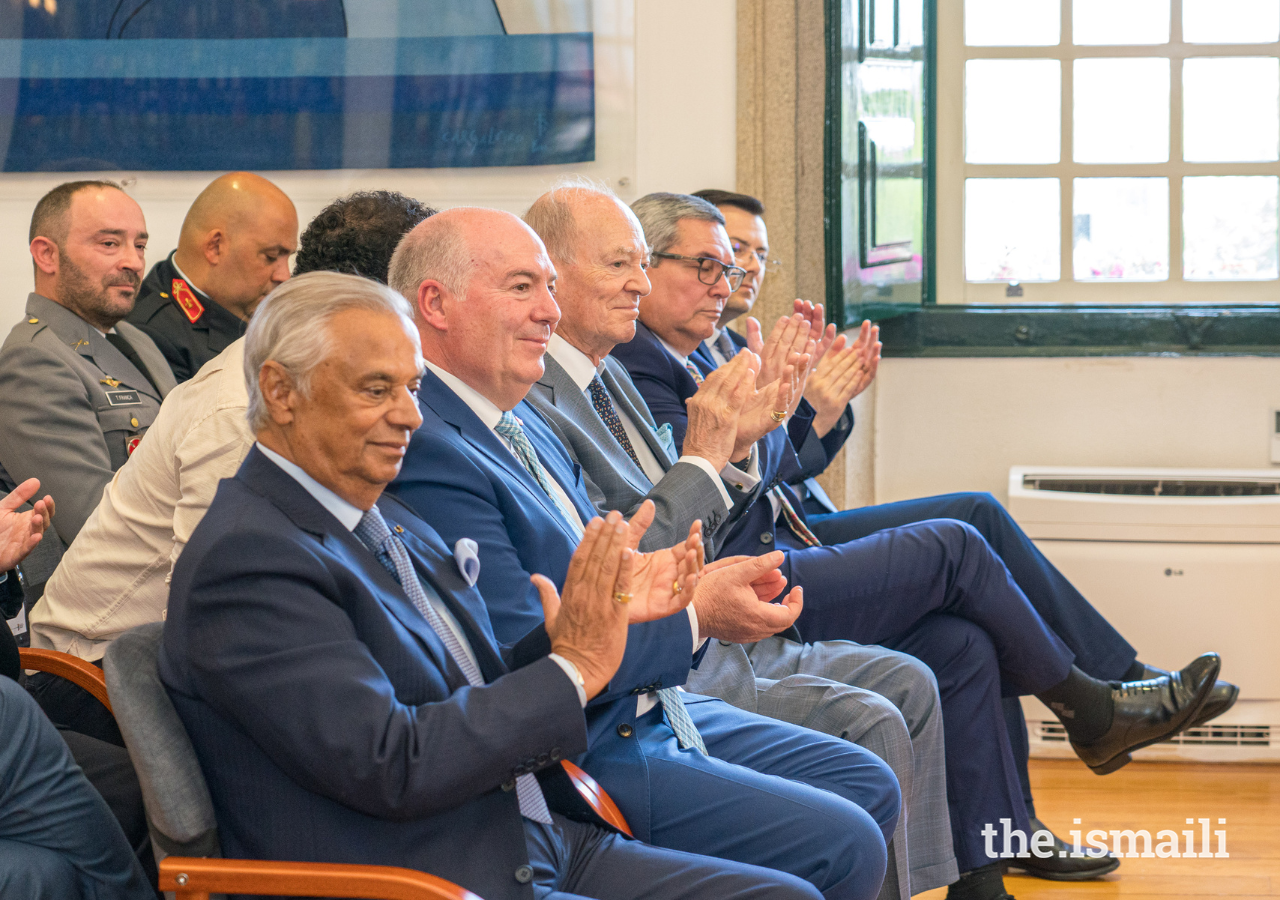This prestigious award, the city’s highest distinction, was unanimously approved by the Municipal Council, and presented during the 253rd-anniversary celebrations of Castelo Branco’s elevation to city status.
A hub of historical and cultural heritage, Castelo Branco in central Portugal is known for its ancient gardens, architectural marvels, and colourful embroidery—an art form symbolic of the city's identity and craftsmanship.
The ceremony began with a musical performance by the city’s symphony orchestra followed by remarks from the city’s Mayor, Leopoldo Martins Rodrigues, who welcomed Prince Amyn, and paid tribute to his contribution to the arts in Europe and beyond.
The Mayor in particular highlighted Prince Amyn’s contribution to the upliftment of Castelo Branco through the international projection of one of the most cherished art traditions of the city, its embroidery. Prince Amyn, who was accompanied by the Diplomatic Representative of the Ismaili Imamat to Portugal, Nazim Ahmad, spoke of the significance of art and crafts in today’s world.
“Maintaining handicrafts through the centuries is, in my view, a matter of great importance,” he said. “Not only in the job creation that they ensure, but in maintaining artistic abilities and vision that have endured through the centuries, which can embellish our everyday lives while they tie us silently with the past, our past.”
“They have an important educational role,” he added. “One must learn to see, not just look, as one learns to hear, not just listen.”
Characterised by intricate designs and vibrant colours, embroidering has been a cornerstone of Castelo Branco’s economy and cultural expression for centuries. Decorative embroidered panels, with unique design and features, have been produced by skilled artisans from the city and are now placed at the Diwan of the Ismaili Imamat in Lisbon.











